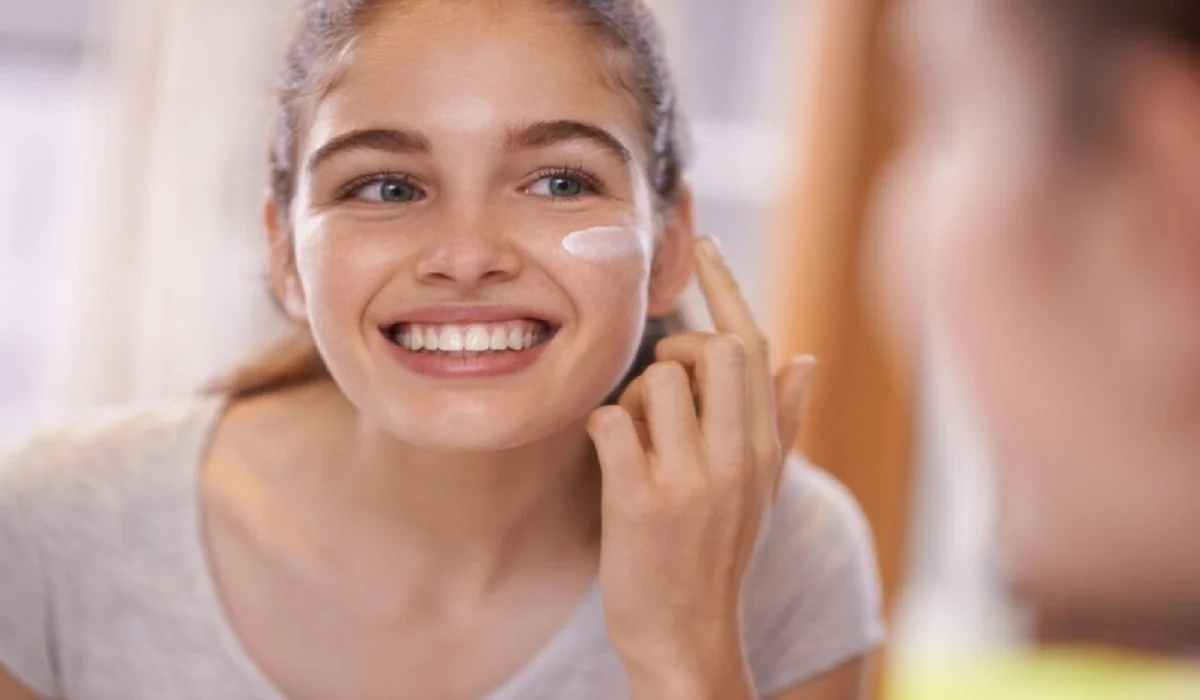
Skin tone can vary due to various factors, including genetics, sun exposure, and hormonal changes. Some individuals may desire a lighter skin tone for personal or cultural reasons. While there are several methods to achieve a lighter complexion, it is essential to approach skin lightening with caution and prioritize safety. In this comprehensive guide, we will explore various methods to lighten your skin tone, along with essential precautions to maintain skin health and avoid potential risks.
Sun Protection:
One of the most effective and safest ways to maintain a lighter skin tone is by protecting your skin from the harmful effects of the sun’s ultraviolet (UV) rays. UV radiation stimulates the production of melanin, the pigment responsible for skin color. Consistently using broad-spectrum sunscreen with a high SPF (30 or above) and seeking shade during peak sun hours can prevent excessive melanin production and help maintain a lighter complexion. GO TO THE NEXT PAGE TO CONTINUE…
Topical Skin Lightening Products:
There are numerous over-the-counter skin lightening products that contain ingredients such as hydroquinone, kojic acid, arbutin, and vitamin C. These ingredients work by inhibiting melanin production, leading to a gradual lightening of the skin. However, it is crucial to use these products with caution and follow the recommended usage instructions to avoid potential side effects such as irritation, redness, or skin sensitivity.
Natural Remedies:
Some natural ingredients are believed to have skin-lightening properties. For example, lemon juice, a natural source of vitamin C, is thought to have a mild bleaching effect. However, it’s essential to be cautious when using natural remedies, as some can cause skin irritation or even worsen pigmentation in certain individuals. Perform a patch test before applying any natural remedy to a larger area of your skin.
Chemical Peels:
Chemical peels are cosmetic treatments that involve applying a chemical solution to the skin, causing it to exfoliate and eventually peel off. This process can help improve skin tone and texture, leading to a lighter and more even complexion. However, chemical peels should be performed by a licensed professional, as they can cause skin irritation and are not suitable for all skin types.
Laser Treatments:
Laser treatments, such as laser resurfacing and intense pulsed light (IPL) therapy, can target melanin and dark spots in the skin, leading to a more even skin tone. These treatments should only be performed by trained dermatologists or cosmetic surgeons to avoid complications and ensure optimal results.
Microneedling:
Microneedling is a procedure that involves using tiny needles to create controlled micro-injuries in the skin, promoting collagen production and skin rejuvenation. It can improve skin texture and may help fade hyperpigmentation, leading to a more radiant and lighter skin tone. However, microneedling should be performed by a qualified professional to minimize the risk of infection and scarring.

Precautions:
Consult a Dermatologist:
Before embarking on any skin-lightening journey, it is crucial to consult a dermatologist. A qualified dermatologist can assess your skin type, discuss your desired results, and recommend appropriate treatment options based on your skin’s specific needs. This consultation is essential to ensure that you choose safe and effective methods tailored to your skin’s condition.
Patch Test:
Always perform a patch test before using any new skincare product or natural remedy. Apply a small amount of the product on a small area of your skin and observe for any adverse reactions, such as redness, itching, or irritation. If you experience any negative reactions, discontinue use immediately.
Avoid Harsh Ingredients:
Avoid using skin-lightening products that contain harsh or potentially harmful ingredients, such as mercury or steroids. These substances can cause serious side effects and damage to your skin.
Gradual Approach:
When using skin-lightening products, take a gradual approach. Avoid products that promise rapid and drastic results, as they may contain harmful ingredients or increase the risk of skin damage.
Prioritize Skin Health:
Remember that the goal of skin lightening should be to achieve a more even and radiant complexion while maintaining overall skin health. Avoid sacrificing skin health for the sake of lighter skin.
Be Patient:
Achieving a lighter skin tone takes time and consistency. Patience is essential, and it is crucial to give your skin ample time to respond to any treatments or products you use.
Lightening your skin tone is a personal choice, but it is crucial to prioritize safety and maintain skin health throughout the process. Protecting your skin from the sun’s harmful UV rays, using sunscreen, and seeking shade are simple yet effective ways to maintain a lighter complexion. If you choose to use skin-lightening products or treatments, consult a dermatologist, perform patch tests, and avoid harsh or unsafe ingredients. Embrace a gradual approach, be patient with the results, and remember that achieving a lighter skin tone should never compromise your skin’s health and overall well-being.








